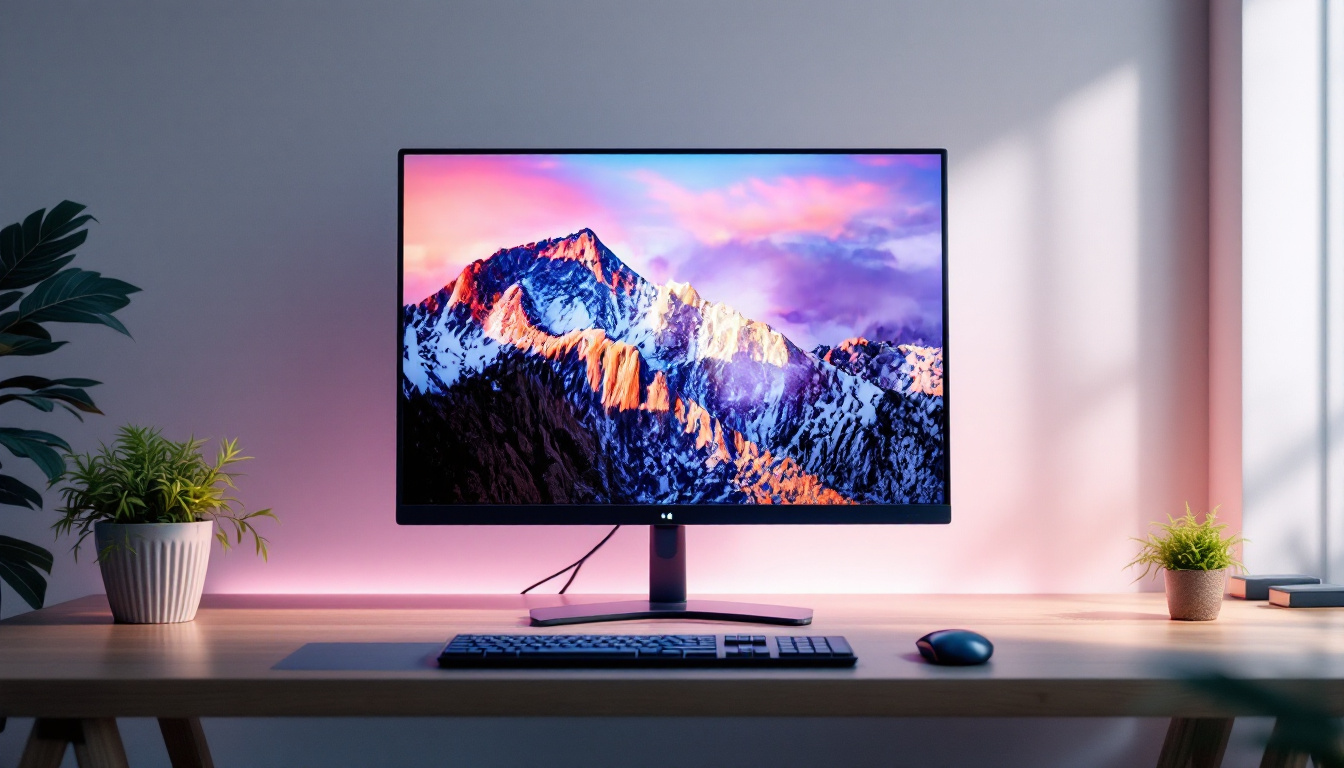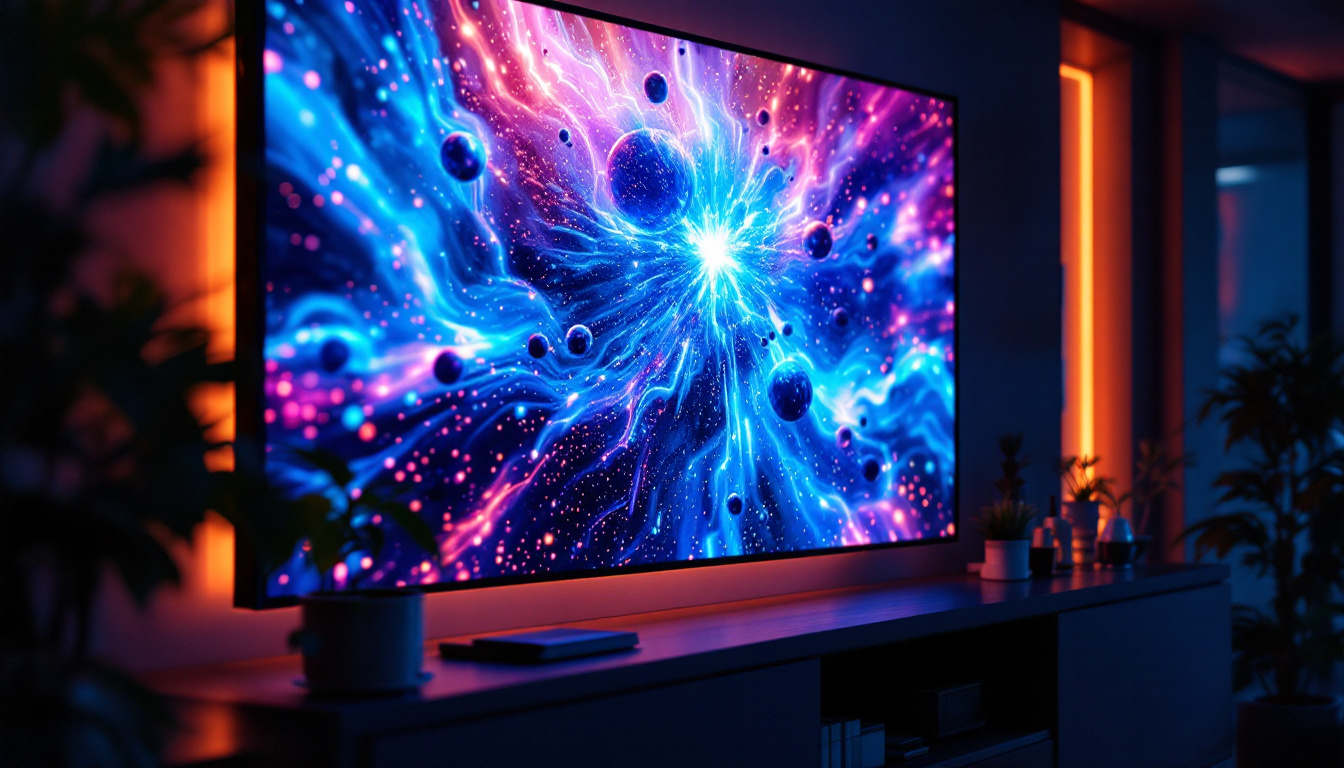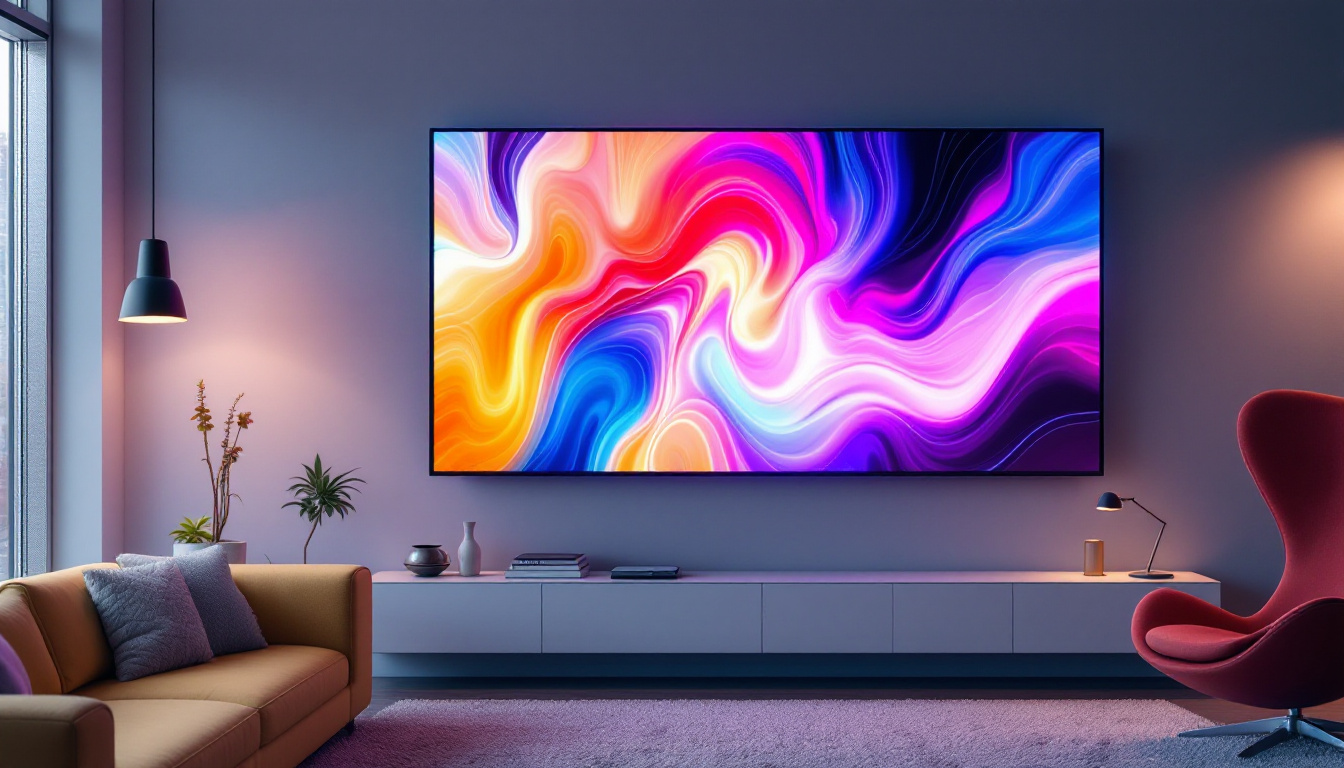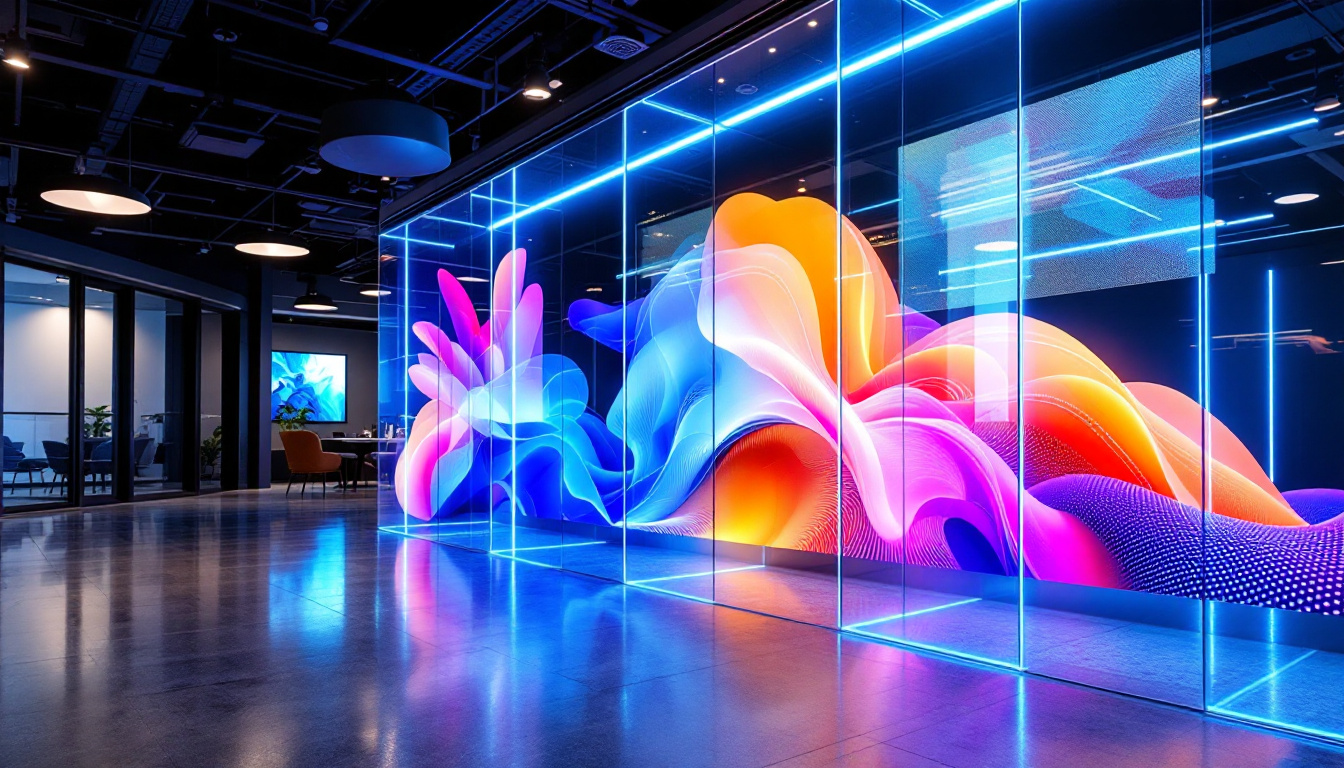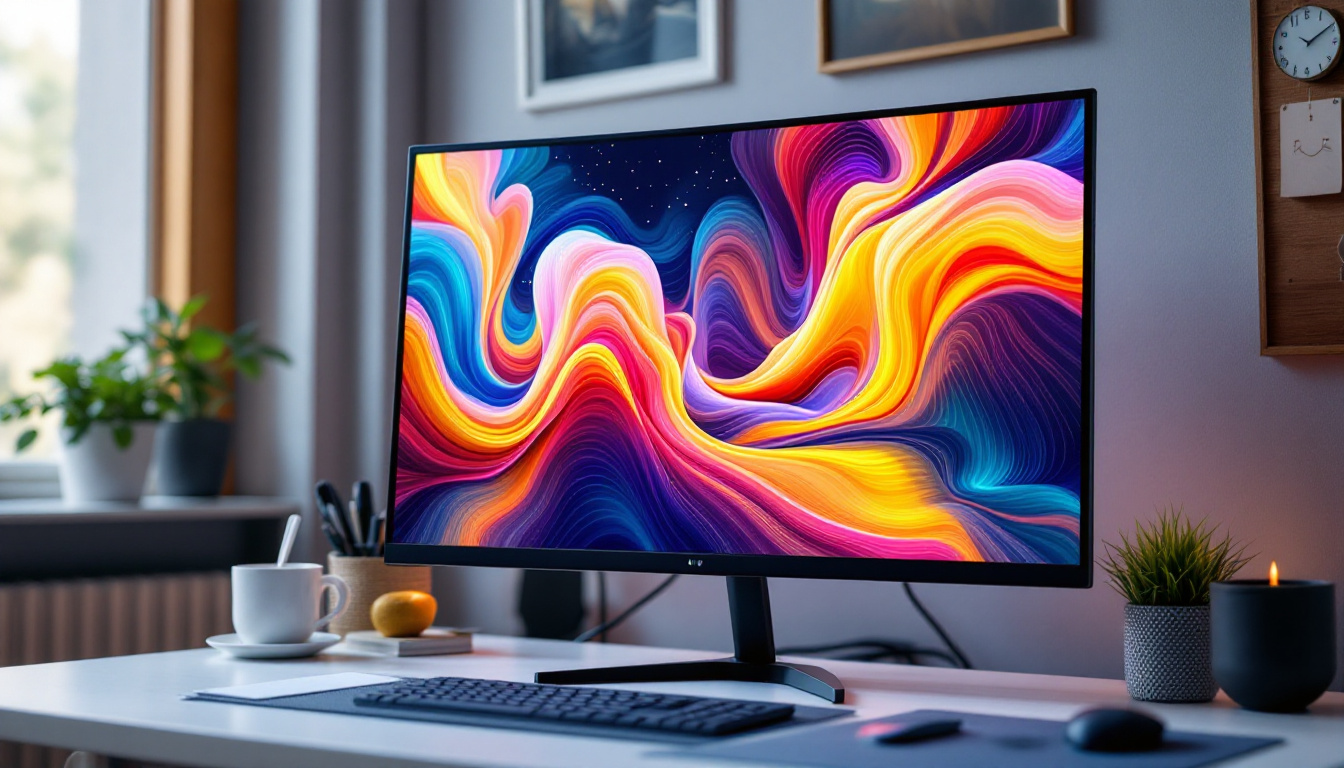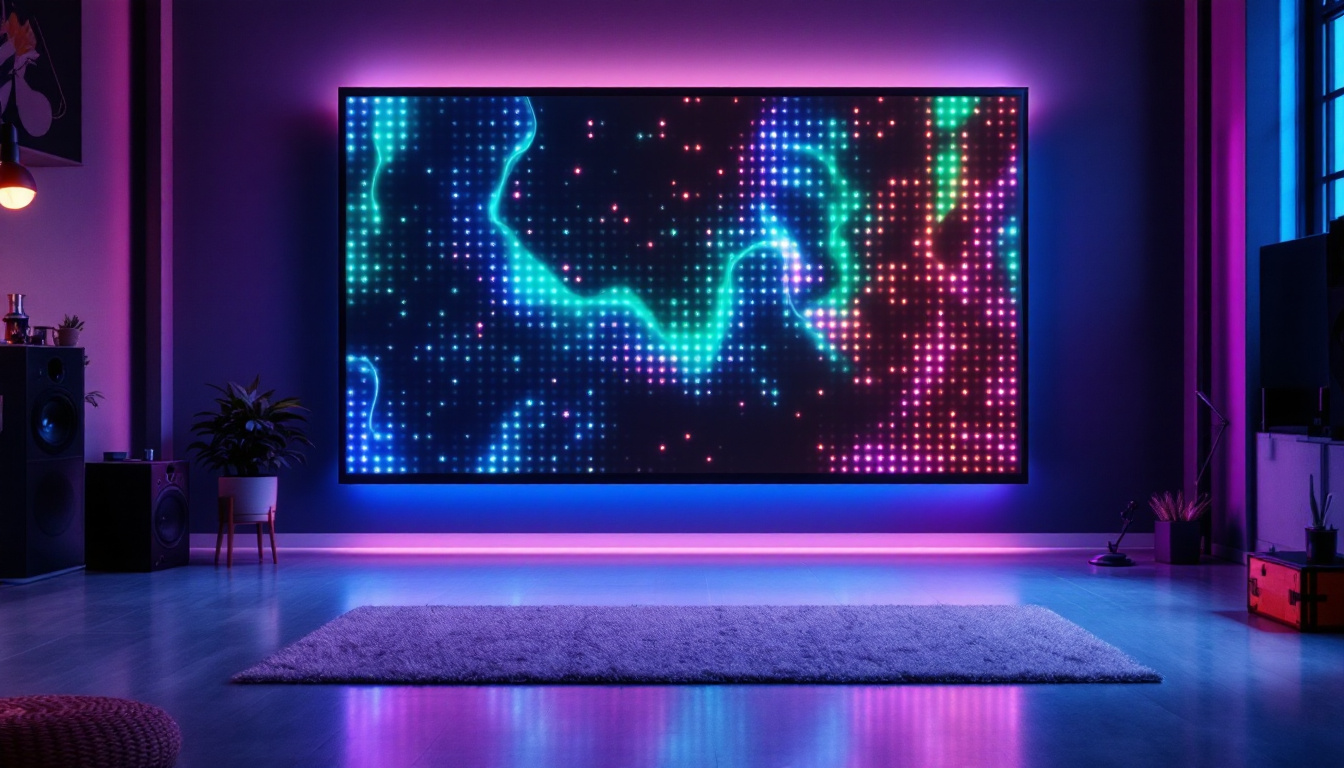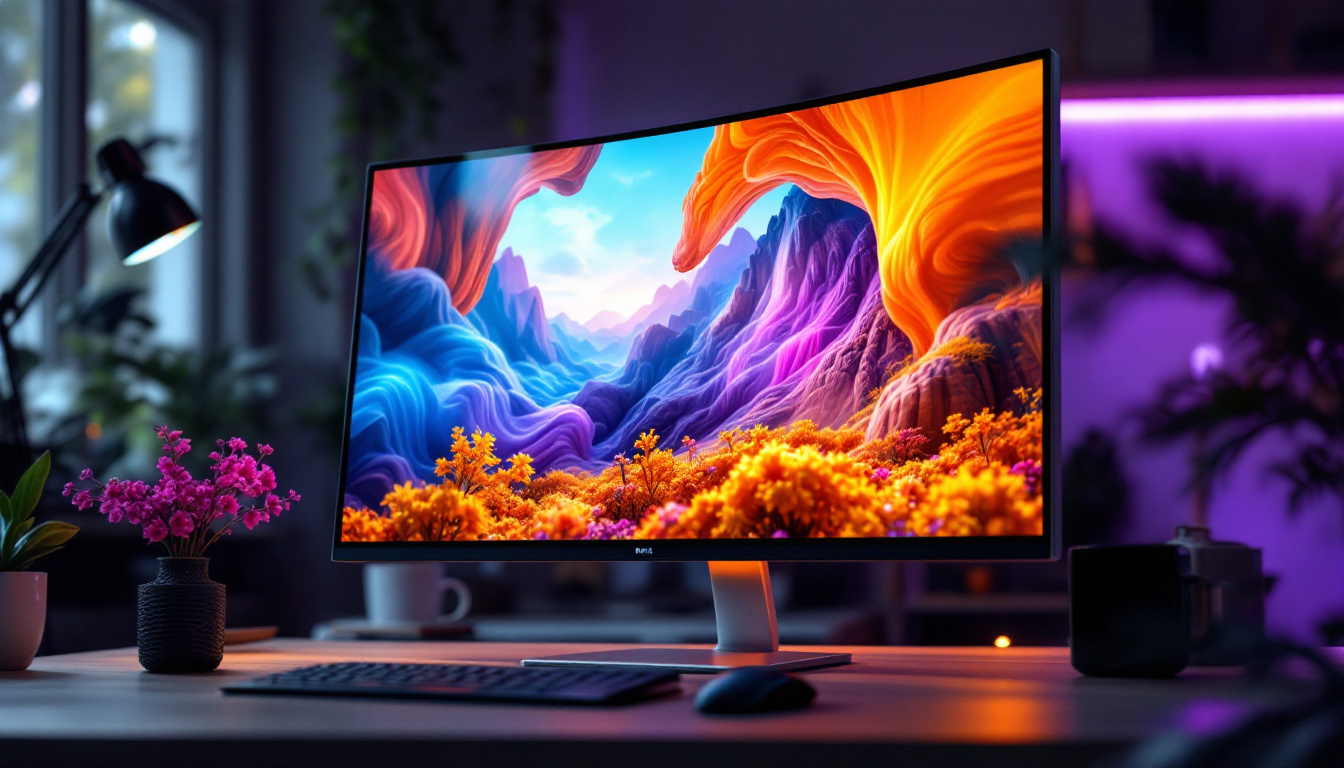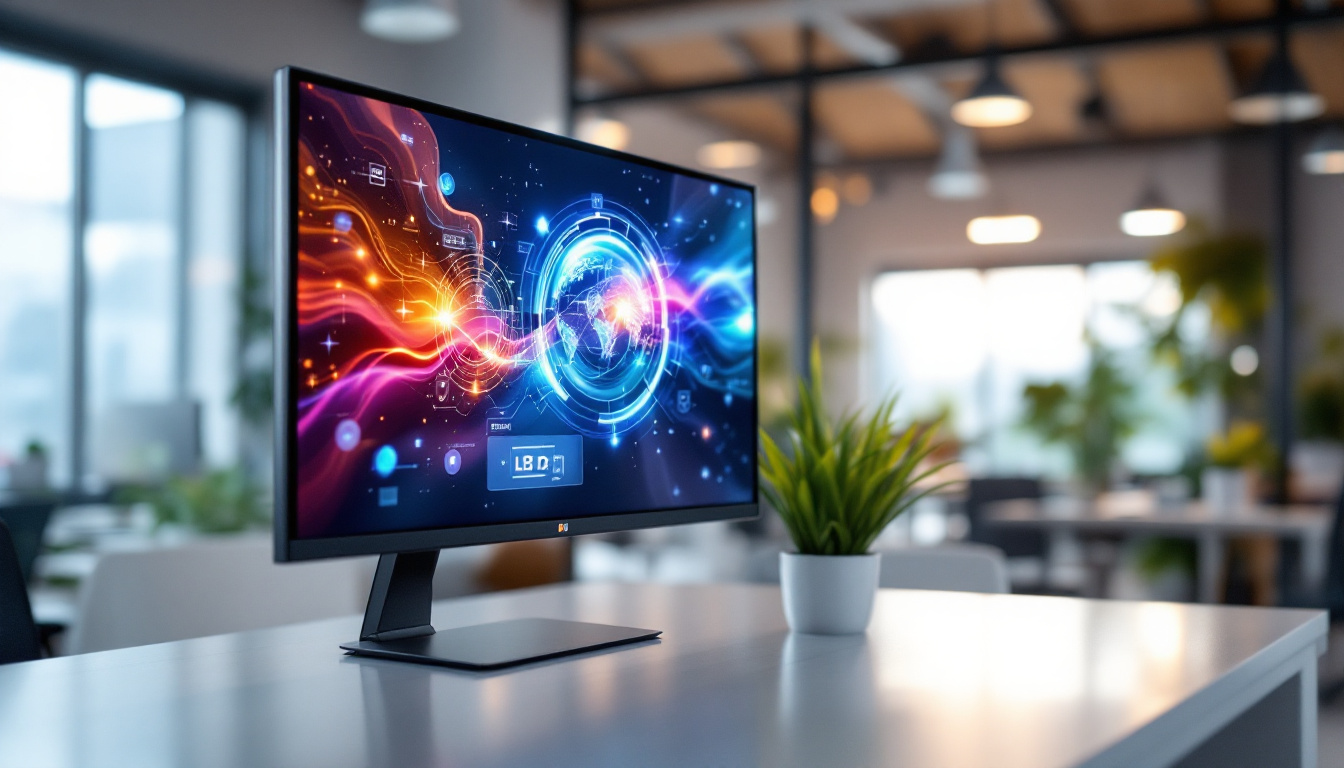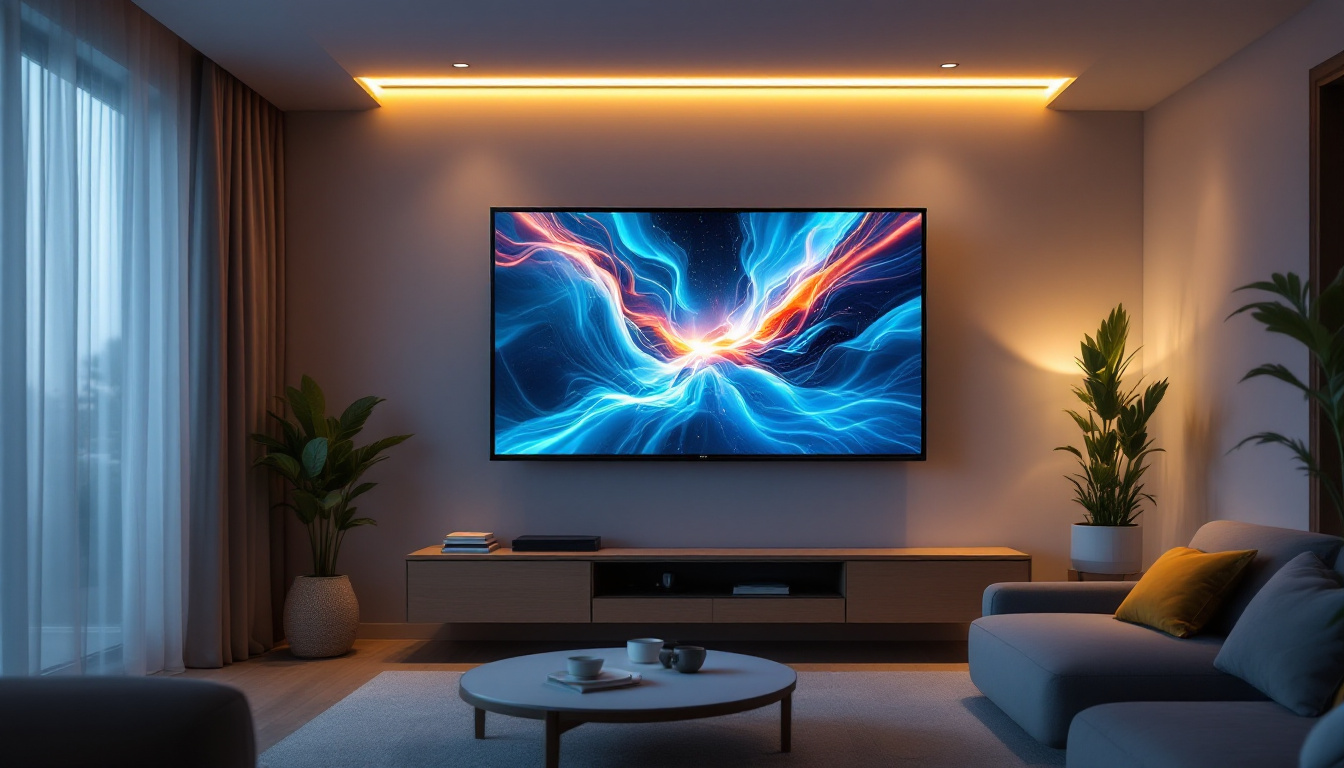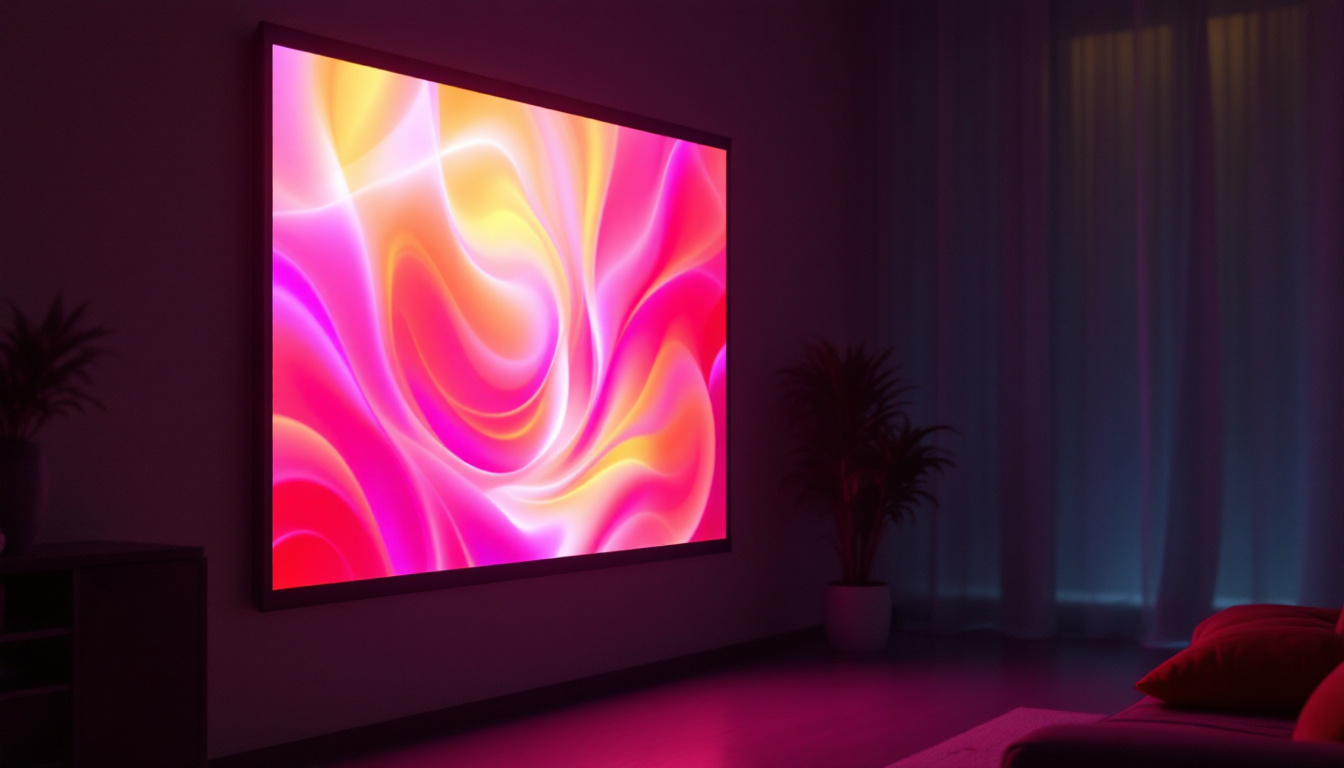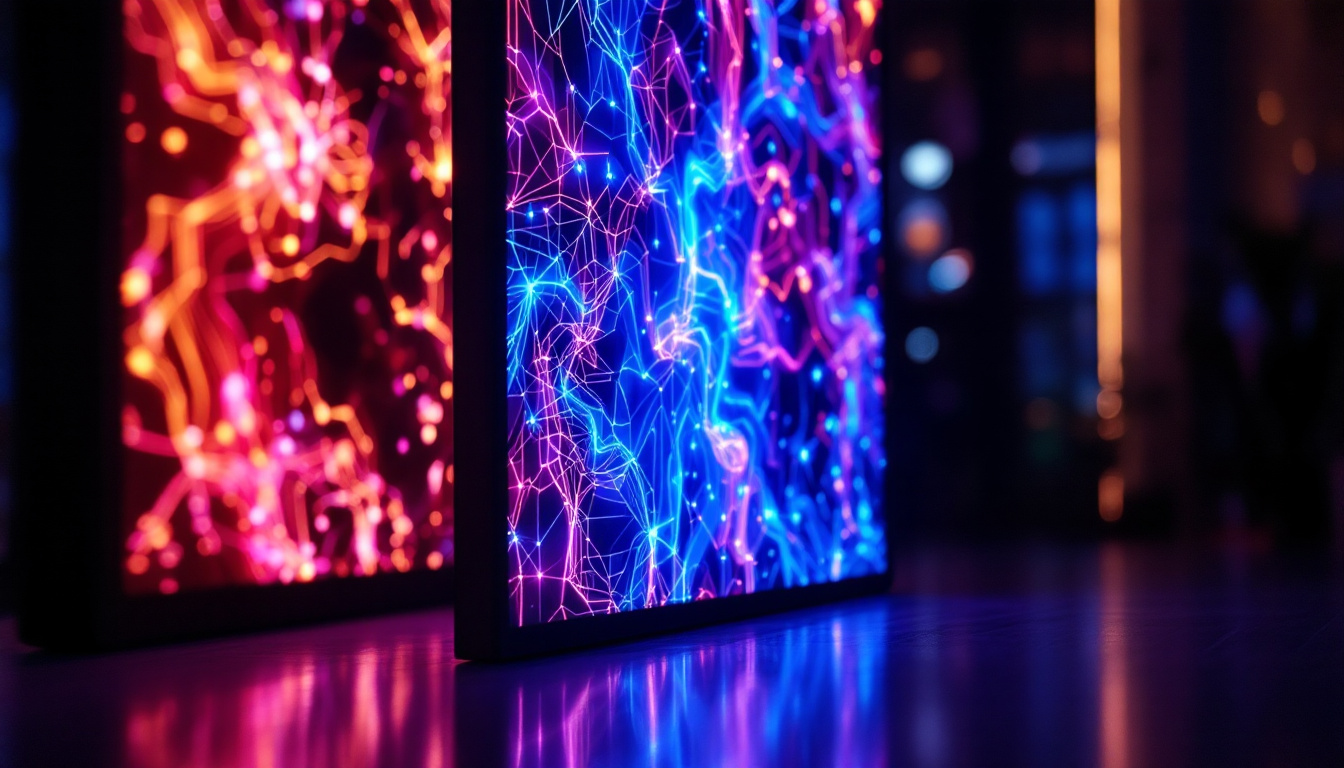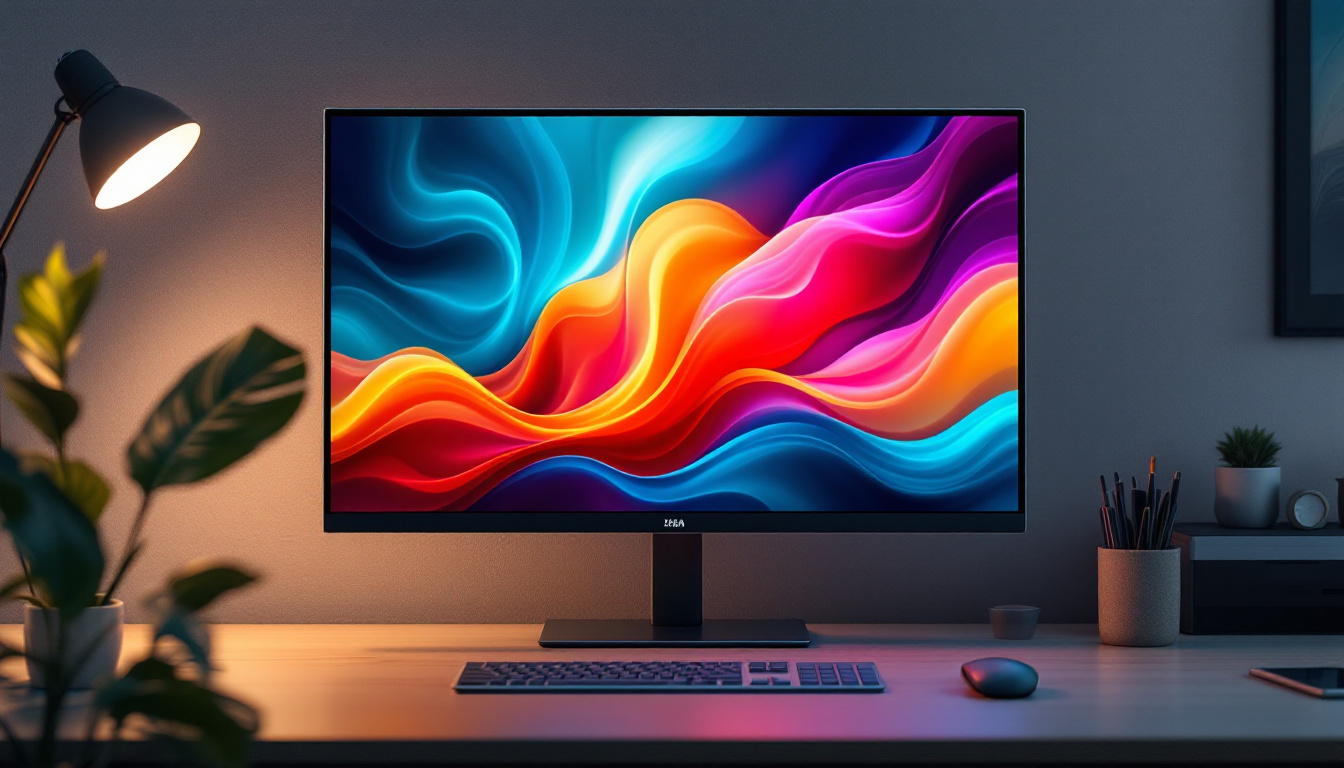What Is A LCD Monitor: LED Display Explained
In the realm of modern technology, LCD monitors have become ubiquitous, serving as the primary display for computers, televisions, and various devices. Understanding what an LCD monitor is and how it operates is crucial for anyone looking to purchase a new display or upgrade their current setup. This article delves into the intricacies of LCD monitors, particularly focusing on the LED technology that enhances their performance.
Understanding LCD Technology
LCD, or Liquid Crystal Display, is a technology that utilizes liquid crystals to produce images. These monitors are favored for their slim profile, energy efficiency, and ability to deliver high-quality visuals. Unlike older CRT (Cathode Ray Tube) monitors, LCDs are lightweight and can fit into a variety of spaces, making them ideal for both home and office environments. The evolution of LCD technology has also led to the development of various types, including TN (Twisted Nematic), IPS (In-Plane Switching), and VA (Vertical Alignment), each offering distinct advantages in terms of color accuracy, viewing angles, and response times. This versatility has made LCDs the preferred choice for a wide range of applications, from casual gaming to professional graphic design.
How LCD Works
At the core of an LCD monitor is a layer of liquid crystals sandwiched between two layers of glass. When an electric current passes through the liquid crystals, they align in such a way that allows light to pass through or be blocked. This manipulation of light creates the images seen on the screen. The backlight, which is often provided by LEDs, illuminates the liquid crystals, allowing for vibrant colors and sharp contrasts. The technology has advanced significantly, with modern LCDs incorporating features such as local dimming and HDR (High Dynamic Range) capabilities, which enhance the viewing experience by improving contrast ratios and color depth, making images appear more lifelike.
Key Components of LCD Monitors
Several components work together to make an LCD monitor function effectively. The most notable include:
- Liquid Crystals: These are the heart of the display, responsible for modulating light and creating images.
- Backlight: Typically composed of LEDs, this provides the necessary illumination for the display.
- Polarizers: These layers filter light to ensure that only the desired wavelengths reach the viewer’s eyes.
- Color Filters: These filters determine the colors displayed by the monitor, working in conjunction with the liquid crystals.
In addition to these primary components, LCD monitors also incorporate various electronics that manage the display’s functionality. The driver circuitry is crucial, as it translates the digital signals from the computer into the analog signals that control the liquid crystals. Furthermore, advancements in technology have introduced features such as adaptive refresh rates and built-in calibration tools, which help to maintain color accuracy and reduce motion blur during fast-paced scenes. This continuous innovation ensures that LCD technology remains at the forefront of display solutions, catering to the ever-evolving needs of users across different sectors.
LED Backlighting: A Game Changer
While LCD technology itself has been around for decades, the introduction of LED backlighting has significantly improved the performance and efficiency of LCD monitors. LED, or Light Emitting Diode, backlighting refers to the use of LEDs to illuminate the screen, replacing the traditional fluorescent backlighting. This transition has not only enhanced the visual quality of displays but has also paved the way for innovative applications in various fields, including gaming, graphic design, and professional video editing.
Advantages of LED Backlighting
LED backlighting offers several advantages over traditional methods:
- Energy Efficiency: LED monitors consume less power, making them more environmentally friendly and cost-effective in the long run.
- Improved Brightness and Contrast: LEDs can produce brighter images with deeper blacks, enhancing the overall viewing experience.
- Thinner Design: The compact nature of LEDs allows for slimmer monitor designs, appealing to consumers seeking modern aesthetics.
In addition to these benefits, LED backlighting contributes to a longer lifespan for monitors. Unlike traditional fluorescent bulbs, which can dim over time and require replacement, LEDs maintain their brightness and color accuracy for many years. This durability is particularly advantageous for users who rely on their monitors for extended periods, such as graphic designers or gamers who spend hours engaged in their work or play. Furthermore, the reduced heat output of LED technology minimizes the risk of overheating, which can be a concern with older backlighting methods.
Types of LED Backlighting
There are primarily two types of LED backlighting used in LCD monitors: edge-lit and full-array. Each has its own set of benefits and drawbacks.
- Edge-Lit LED: In this design, LEDs are placed along the edges of the screen. This allows for a thinner monitor but can result in uneven brightness and contrast across the display.
- Full-Array LED: Here, LEDs are distributed evenly behind the entire screen. This setup provides better control over brightness and allows for local dimming, resulting in superior contrast ratios.
Moreover, advancements in technology have led to the development of mini-LED and micro-LED backlighting, which take the benefits of full-array LED to new heights. Mini-LEDs are smaller than traditional LEDs, allowing for more precise control over local dimming zones, which can significantly enhance the dynamic range of images. Micro-LED technology, on the other hand, eliminates the need for a separate backlight altogether, as each pixel emits its own light. This results in unparalleled contrast ratios and color accuracy, making it a promising option for future display technologies.
Comparing LCD Monitors with Other Display Technologies
Understanding how LCD monitors stack up against other display technologies is essential for making informed purchasing decisions. The most common alternatives include OLED and CRT displays.
LCD vs. OLED
OLED, or Organic Light Emitting Diode, is a newer technology that offers several advantages over LCD. Unlike LCDs, OLED displays do not require a backlight, as each pixel emits its own light. This leads to:
- Better Color Accuracy: OLED displays can achieve more vibrant colors and deeper blacks.
- Wider Viewing Angles: OLED screens maintain color accuracy from wider angles, making them ideal for group viewing.
However, OLED monitors are generally more expensive and can suffer from burn-in issues, where static images can leave a permanent mark on the screen over time.
LCD vs. CRT
CRT monitors were the standard for many years before the advent of LCD technology. While CRTs are capable of displaying rich colors and deep blacks, they are bulky and consume more power. LCD monitors have largely replaced CRTs due to their:
- Space Efficiency: LCDs take up significantly less space, making them more suitable for modern environments.
- Lower Power Consumption: LCDs are more energy-efficient, leading to reduced electricity bills.
Choosing the Right LCD Monitor
When selecting an LCD monitor, several factors should be considered to ensure it meets your needs. From screen size to resolution, each element plays a crucial role in the overall performance of the monitor.
Screen Size and Resolution
The size of the monitor is often one of the first considerations. Larger screens provide a more immersive experience, especially for gaming and multimedia. However, resolution is equally important; higher resolutions, such as 1080p or 4K, offer sharper images and more detail. A balance between screen size and resolution is essential to achieve the best visual experience.
Refresh Rate and Response Time
For gamers and those who engage in fast-paced activities, refresh rate and response time are critical specifications. The refresh rate, measured in hertz (Hz), indicates how many times the screen refreshes per second. A higher refresh rate results in smoother motion. Similarly, response time, measured in milliseconds (ms), indicates how quickly a pixel can change from one color to another. Lower response times are preferable for reducing motion blur.
Connectivity Options
Modern LCD monitors come with various connectivity options, including HDMI, DisplayPort, and USB-C. Ensuring that the monitor has compatible ports for your devices is essential for seamless integration. Additionally, built-in speakers and USB hubs can enhance the overall user experience.
Maintenance and Care for LCD Monitors
To extend the lifespan and maintain the performance of an LCD monitor, proper care and maintenance are essential. Simple practices can prevent common issues and ensure optimal functionality.
Cleaning the Screen
Regular cleaning of the monitor screen is crucial to prevent dust and smudges from accumulating. It is recommended to use a microfiber cloth and a gentle cleaning solution specifically designed for electronics. Avoid using harsh chemicals, as they can damage the screen’s surface.
Adjusting Display Settings
Adjusting the display settings can significantly improve the viewing experience. Calibration tools can help in setting the correct brightness, contrast, and color balance. Many monitors also come with preset modes for different activities, such as gaming or photo editing, which can enhance performance based on usage.
Future Trends in LCD Technology
As technology continues to evolve, the future of LCD monitors looks promising. Innovations in display technology are paving the way for even better performance and user experiences.
Advancements in Color Accuracy
Future LCD monitors are expected to feature improved color accuracy and wider color gamuts. This will be particularly beneficial for professionals in graphic design and photography, where precise color reproduction is critical.
Eco-Friendly Technologies
With growing concerns about environmental sustainability, manufacturers are focusing on developing eco-friendly LCD monitors. This includes using recyclable materials and reducing energy consumption, contributing to a greener future.
Conclusion
LCD monitors have transformed the way users interact with technology, providing high-quality visuals in a compact form factor. With advancements like LED backlighting, they have become more efficient and visually appealing. Understanding the various aspects of LCD technology, including its components, advantages, and comparisons with other display types, can help consumers make informed decisions. As technology continues to progress, LCD monitors will undoubtedly evolve, offering even greater performance and sustainability.
Discover LumenMatrix’s Advanced LED Display Solutions
As you consider upgrading your visual experience, LumenMatrix stands at the forefront of LED display innovation. Our comprehensive range of products, from Indoor and Outdoor LED Wall Displays to specialized solutions like Vehicle and Floor LED Displays, is designed to meet your every need. Embrace the future of display technology with our Custom, All-in-One, and Transparent LED Displays, and see how our commitment to revolutionizing visual communication can transform your space. Check out LumenMatrix LED Display Solutions today and step into a world of vibrant colors and dynamic visuals.

